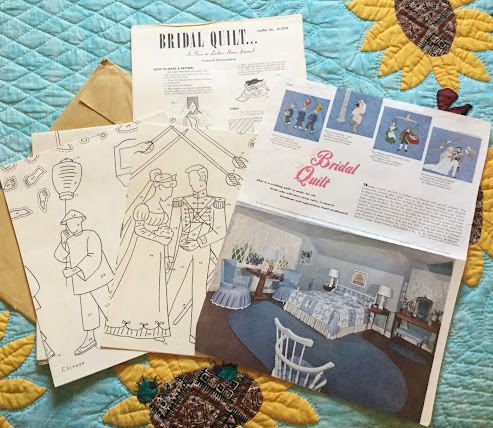I came to the Owens family story through
Rules of Magic, published years after the first Owens family novel, the immensely popular
Practical Magic. I had liked the characters in
Rules and realized their story was rooted in the very real struggles of young adulthood. Afterward, I finally read
Practical.
The prequel to
Practical Magic,
Magic Lessons, begins in 1664 in Essex, England. It is the story of the first Owens witch who cursed all the Owens women's loves.
The teenage witch Maria tragically loses her mentor and adopted mother. Her biological parents send her to the New World as an indentured servant. On St. Kitts, she honed her craft as a healer. Maria falls in love with the New England merchant John Hathorne, who abandons her without knowing she is pregnant. Maria travels to New England to find John.
She finds passage in exchange for nursing and healing the pirate Samuel Dias, whose Jewish family had fled Portugal. He falls in love with Maria.
Her troubles increase when she does find John. Her very life is threatened by the witch hunters of Salem, her daughter stolen from her.
John Hathorne in the novel is based on the actual magistrate who condemned women accused of being witches to death. (Nathaniel Hawthorne, our great early novelist, added that 'w' to his name to disassociate himself with his ancestor.)
Oh! the ways women have been controlled and punished for overstepping the narrow lives men ordained for them. If a woman reads, she must be a witch. If a woman stands up for herself, she must be punished. If a man is attracted to a woman, she has bewitched him and is evil. Bind them in iron and drown them! Nail their feet to the ground and burn them!
And women are still fighting this battle.
Maria understood that a woman with her own beliefs who refuses to bow to those she believes to be wrong can be considered dangerous.~from Magic Lessons by Alice Hoffman
The heart of the novel is, of course, love. How women love the wrong men and suffer for it. "Love someone who will love you back," Hannah advises. But how do we know love when we find it? Young people confuse lust with love, always have. We ignore the signs that later seem obvious. Maria rejects her true love, first because of her passion for John, and later because she vows never to love again.
Love was risky, for marriage required women to abdicate all self-determination and choice. Maria's magic helps women from men who abuse them.
I had a neighbor who said, "What goes around, comes around." Hoffman's rule of magic is similar: you get back threefold whatever you do. Best to do good! What magic you bring into the world becomes your responsibility.
Hoffman weaves her stories with flawed characters whose struggles we recognize, for even if they have magic at their command, they are very human. It is no wonder these books are so popular with readers. They offer romance, challenges, strong female characters, life lessons, and in this book a heavy dose of history.
I received a free egalley from the publisher through NetGalley. My review is fair and unbiased.
Read my review for
Rules of Magic
Read my review for Hoffman's novel
Faithful here.
See my review for Hoffman's novel
The Marriage of Opposites here.
Magic Lessons: The Prequel to Practical Magic
by Alice Hoffman
Simon & Schuster
Publication Date October 6, 2020
ISBN: 9781982108847
hardcover $27.99 (USD)
from the publisher
In an unforgettable novel that traces a centuries-old curse to its source, beloved author Alice Hoffman unveils the story of Maria Owens, accused of witchcraft in Salem, and matriarch of a line of the amazing Owens women and men featured in Practical Magic and The Rules of Magic.
Where does the story of the Owens bloodline begin? With Maria Owens, in the 1600s, when she’s abandoned in a snowy field in rural England as a baby. Under the care of Hannah Owens, Maria learns about the “Unnamed Arts.” Hannah recognizes that Maria has a gift and she teaches the girl all she knows. It is here that she learns her first important lesson: Always love someone who will love you back.
When Maria is abandoned by the man who has declared his love for her, she follows him to Salem, Massachusetts. Here she invokes the curse that will haunt her family. And it’s here that she learns the rules of magic and the lesson that she will carry with her for the rest of her life. Love is the only thing that matters.
Magic Lessons is a celebration of life and love and a showcase of Alice Hoffman’s masterful storytelling.




















































